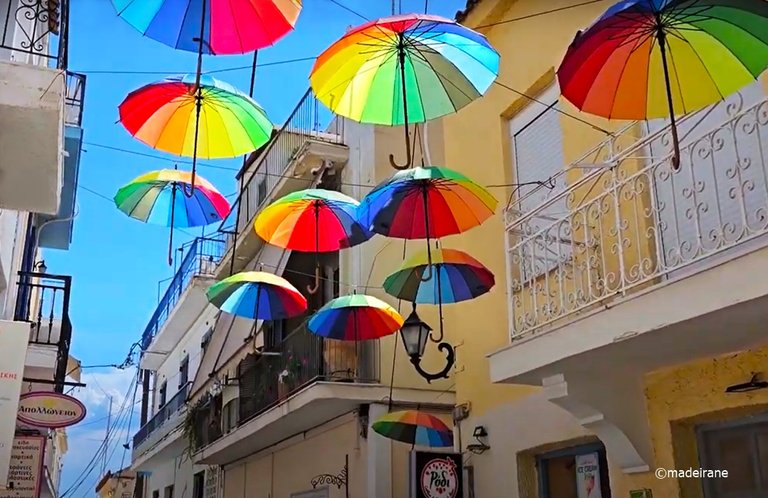
Greece... a country with a rich cultural and historical heritage, the cradle of Western civilization. A country where antiquities are at every step. A country where the sea is clean with its beautiful beaches, picturesque islands and... delicious food.
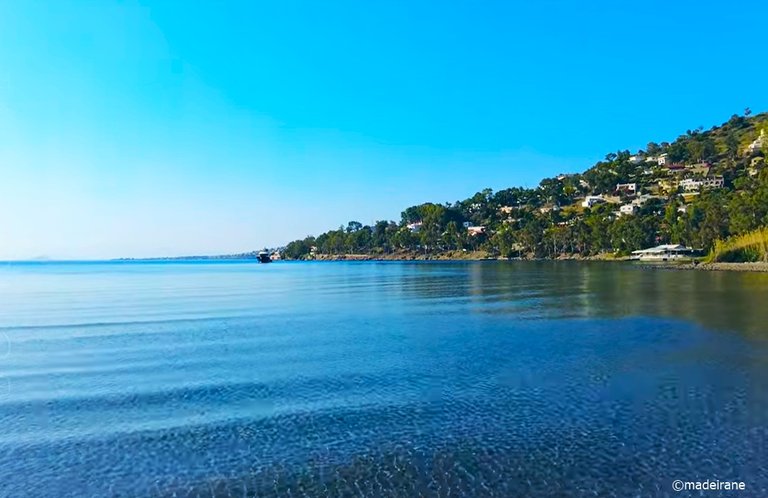
The island of Aegina is without exaggeration the most beautiful pearl in the necklace of the Saronic archipelago. By all parameters - climate, nature, history, attractions - it is unique. The proximity to Athens, beautiful landscapes, ecology, the climate played their role. Many Greeks began to buy summer cottages and houses here for their vacations, so that on the weekends they could "go to nature". Well, and tourists from other countries also came later.
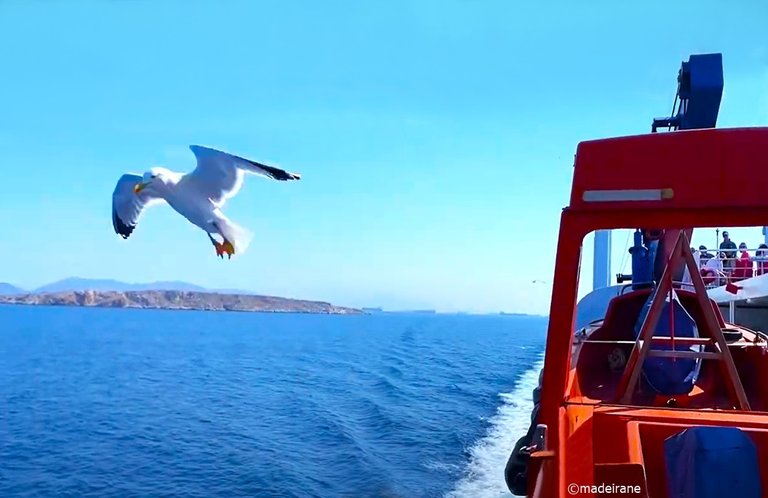
First, we drove to the port of Piraeus. The port is huge, comfortable ferries to Aegina depart from certain piers, tickets were bought at the ticket office right there. Ferries run frequently, so we waited for departure for less than an hour.
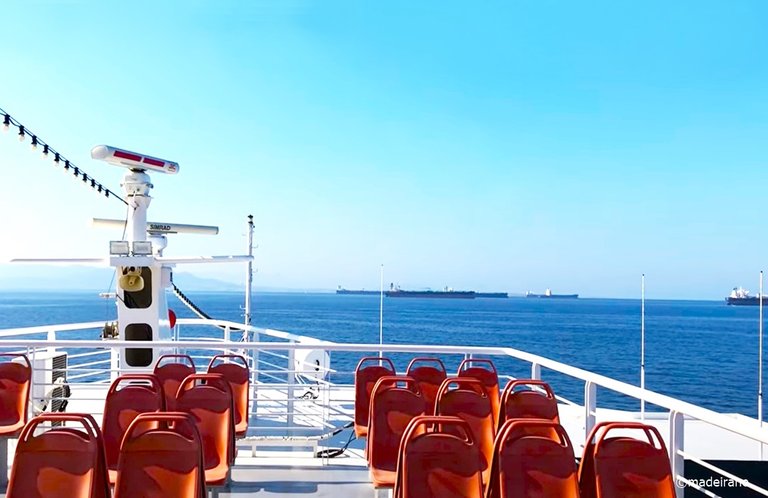
After about 40 minutes of a pleasant boat trip, Aegina finally appeared. We moored, unsteadily stepped onto the island from fatigue and unfamiliar surroundings. Ferries from the mainland come to Aegina at the port of the same name. It is the first city on the island and the largest. Something like a capital. On the pier, right by the water, there is a typical Greek chapel, built and consecrated in honor of St. Nicholas the Wonderworker.

Many tourists are attracted to visit Aegina that has a good location and unique historical epicenter, rooted in the legends and myths of Ancient Greece. On this island, mythological antiquity and Christian beliefs of the Middle Ages are harmoniously intertwined. Once upon a time, Aegina was even richer than the ancient state of Piraeus.

The main attraction of the island is, without a doubt, the sea. The beach is rocky, there are sun loungers, the water is clean, transparent, the bottom is clearly visible, and you can watch the fish even from the shore.

But besides the sea, there are many things to see on Aegina. The pride of the Aeginetans - the unique Temple of Aphaia - is located on the top of a hill, among a pine forest. And since we do not look for difficult paths, but choose extreme ones, it was decided to get to the Temple not by transport, but on foot.
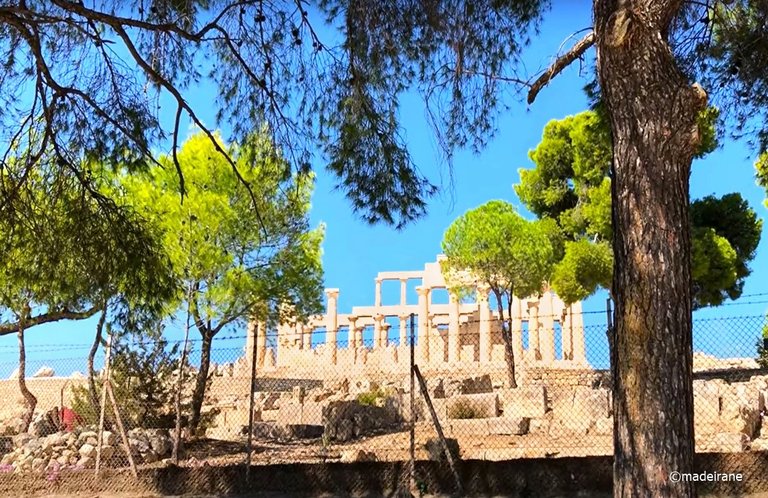
We set a course and trudged straight along a country road, past local gardens and rare trees. At first, it was fun and easy - until it became too hot, and the delicious ripe figs from the unfenced areas raised the mood.
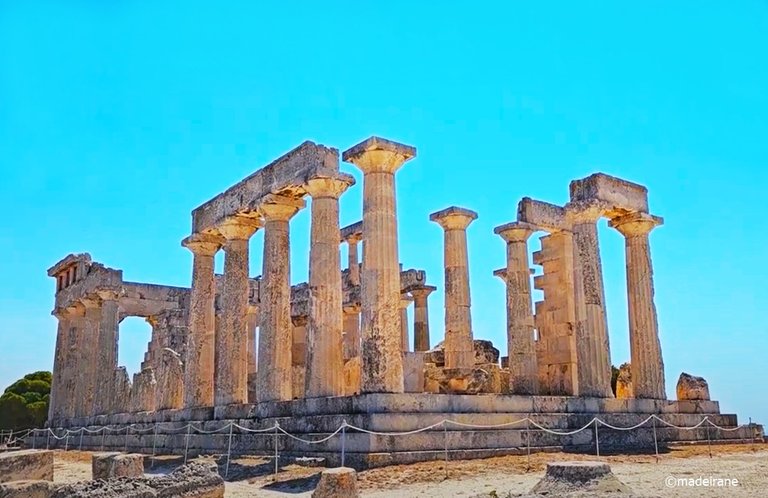
But somewhere in the middle of the way, the road suddenly ran into a steep mountain, and we had to go further along the automobile serpentine: back and forth, in the sun, up, along the roadway, since there were, naturally, no pedestrian paths. Cars were rare, there were no buses, and sometimes despair and fatigue took over.
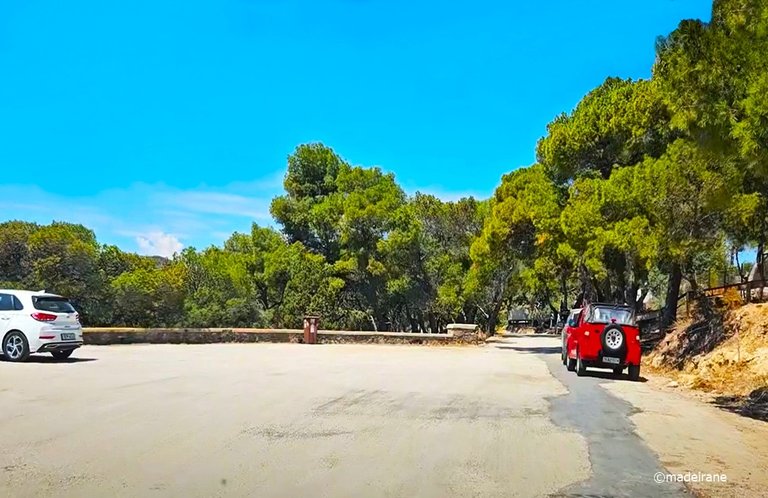
In general, public transport on the island is not very good. There are bus routes, but buses run quite infrequently. I understand the islanders: with a population of 15 thousand people, frequent and regular buses are an unaffordable luxury. The alternative is a taxi or renting a car.
The final part of our ascent to the Temple was already easier, apparently due to the stunning views from above.
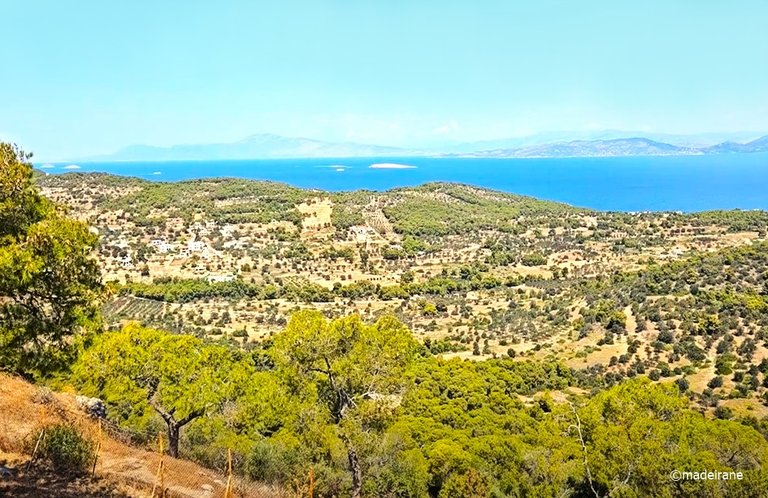
And here is our goal - the Temple of Aphaia in all its glory. Aphaia is the goddess of fertility on Aegina island. The Temple in her honor was built in the 5th century BC.
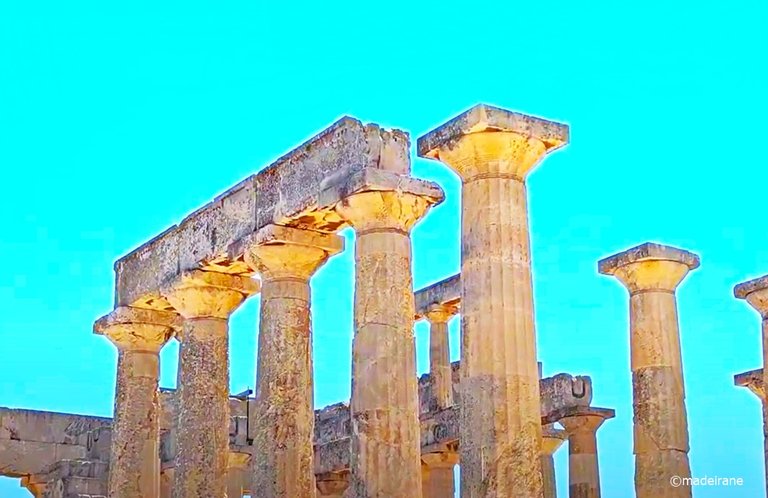
The area is fenced, and on the northern side there is a steep cliff. Entrance is paid about 7 euros. There are practically no information materials or stands.

A visit to the Temple of Aphaia is a must for all-day trip tour groups, but when we were there, we were alone on the grounds, and we were only happy about it.
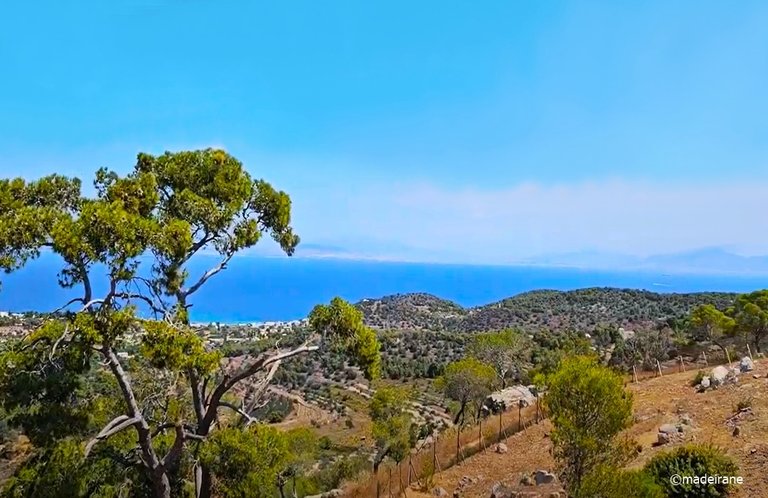
In good sunny weather, you can see the Acropolis in Athens and the Temple of Poseidon in Sounio, the so-called Sacred Triangle, from the hill. We tried to see it very hard, but we didn't see anything. Next time we'll take binoculars with us.
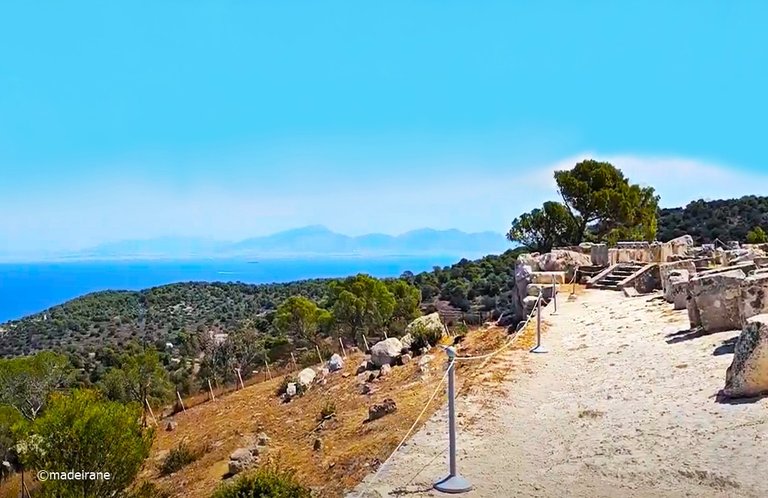
We spent about 1.5 hours in this unique place: taking pictures without rushing, examining the ruins, looking for artifacts, relaxing in the shade.
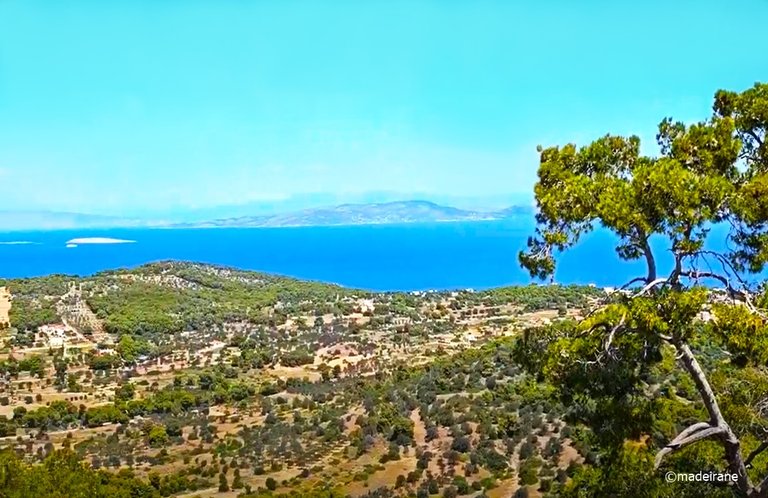
Nearby, there is a bus stop, a car park, a café and a small souvenir shop. Since the Temple is located high in the mountains, there is a great view of the south-eastern part of the coast towards the city of Agia Marina.
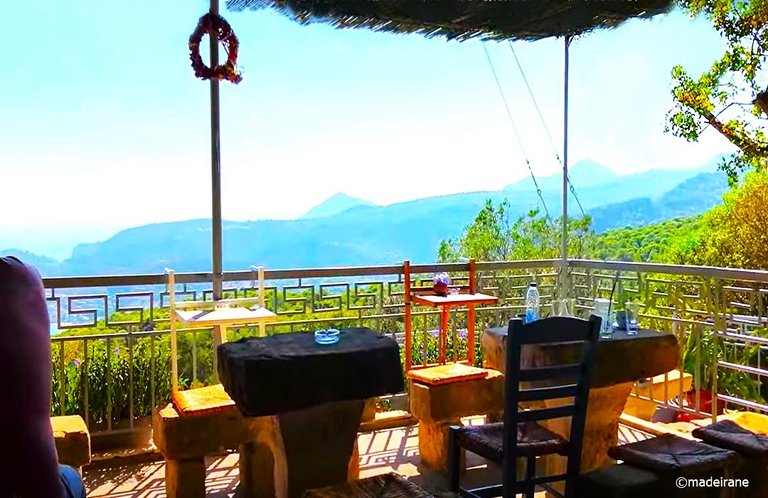
There was no doubt - the course was to Agia Marina! It is easier to go down than up, and it is better to go straight than to go along a serpentine... The result: we scratched ourselves on some thorny bushes and almost got lost in the Greek forest.
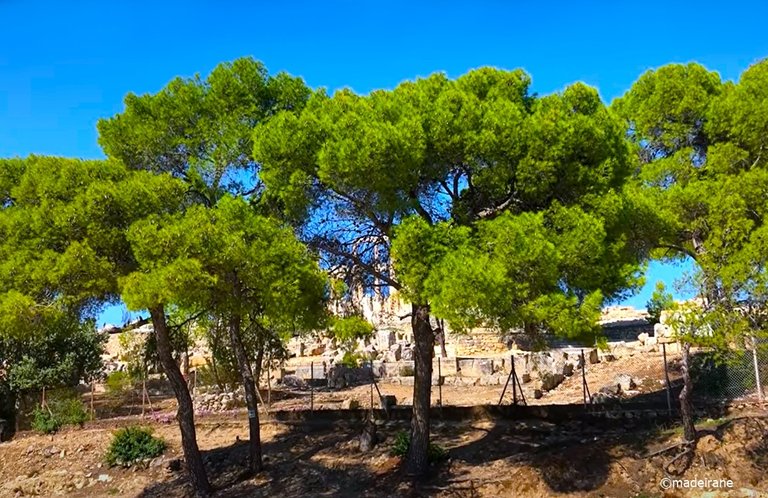
Agia Marina is a resort town. It is also the most popular tourist center on the island. It is famous for the longest and most comfortable sandy beach on the island, and has many hotels, shops and restaurants.
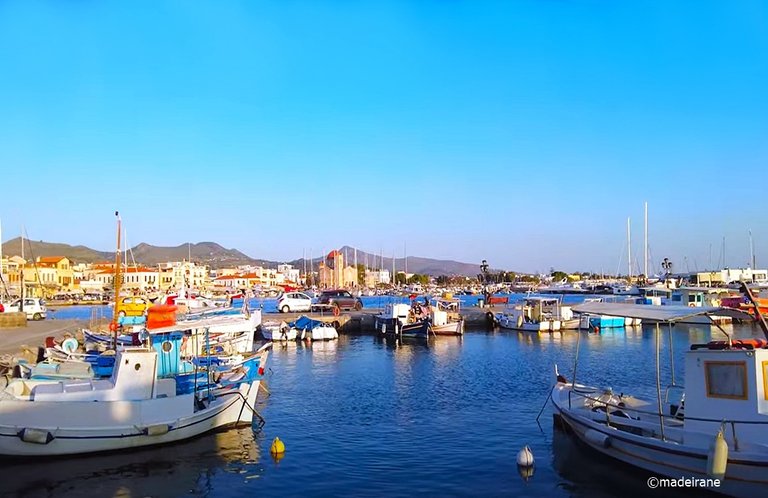
The main city of the island - Aegina. A typical Greek town with shops, cafés, restaurants, narrow streets and a leisurely measured life. Nearby is another interesting historical place on the island, which is a must-see - Kolonna.

Once upon a time there was a Temple of Apollo here, but time and wars have done their job, and now we see only the remains of all this splendor - the ruins of a prehistoric village and a column - a landmark for sailors.

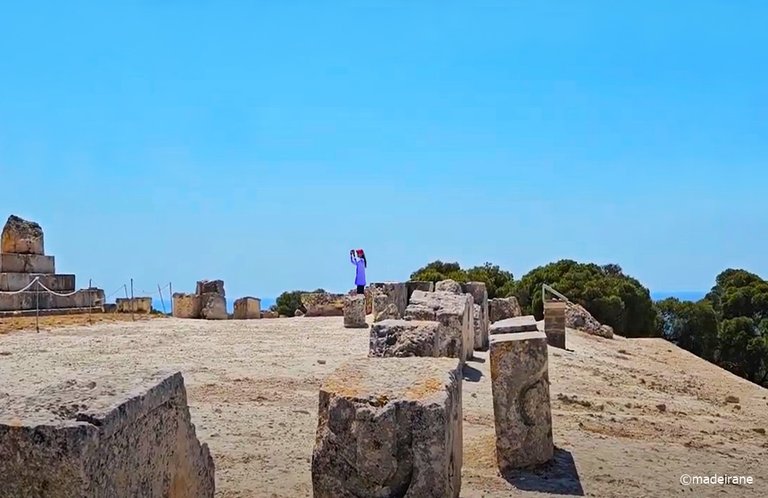
There is practically no shade in this place, it is difficult to be under the scorching sun. But a pleasant bonus was the mesmerizing views from the Column to the sea, as well as a visit to the Archeological Museum, located nearby. The oldest museum in Greece was founded in 1829. There you can see unique ancient artifacts from all the island. Part of the exhibition is in the open air.

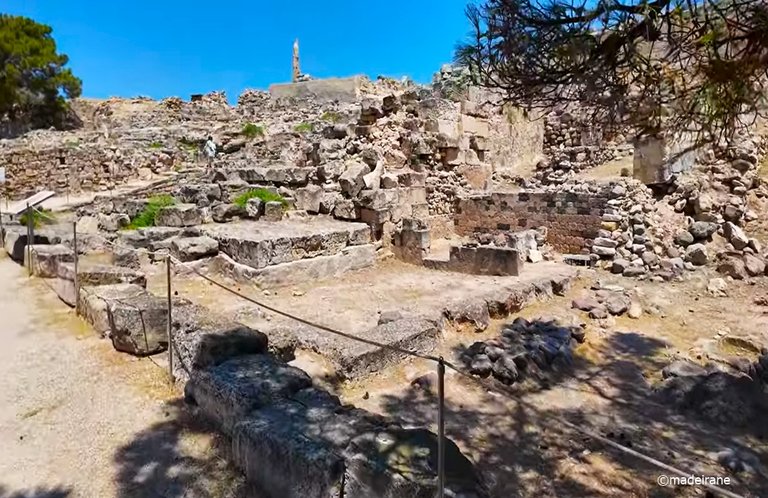
In the heart of the island is one of the most visited temples in Greece - the Monasterty of St. Nectarious. This is a famous place of pilgrimage, as it is believed that Saint Nectarios has a special gift to heal patients with cancer, alcoholism and drug addiction. We walked around the space, but did not go inside, since our clothes were not very appropriate for this place.

Pilgrims love visiting this holy place. They pray to Saint Nectarios for to receive help and healing. Believers believe that Saint Nectarious especially helps cancer patients.
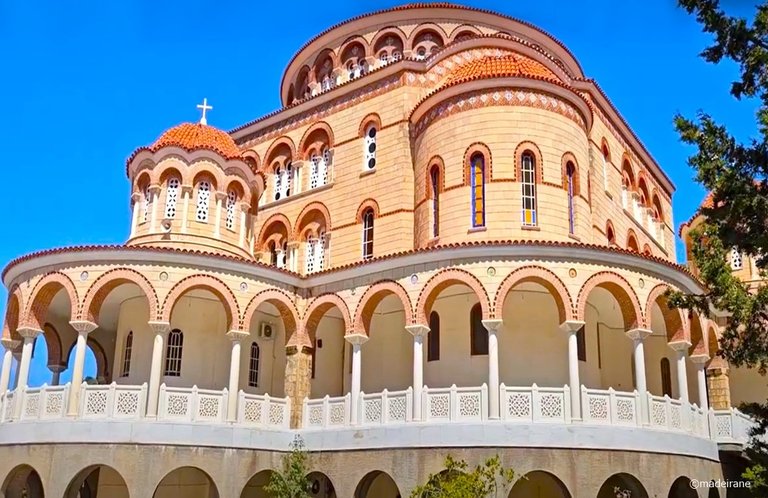

In a separate review, I will describe another unique attraction of Aegina - the Ancient settlement of Palaiochora. I recommend planning a whole day to visit the holy mountain with many preserved churches and chapels, unless, of course, you are afraid of steep climbs and lack of amenities.
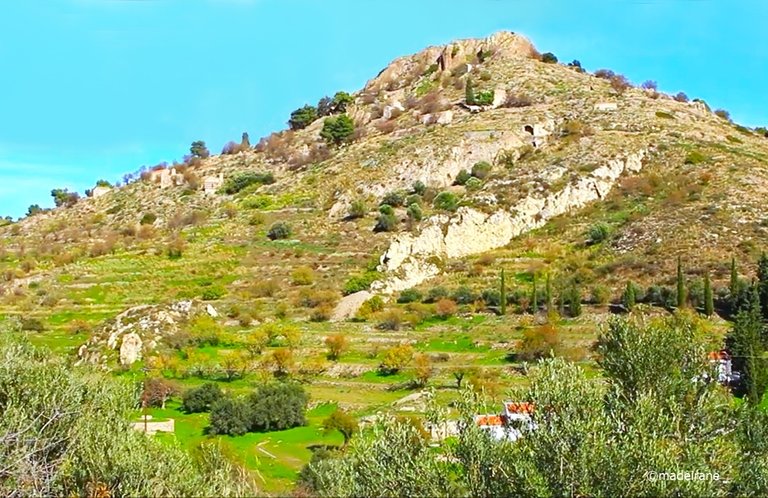
The island is full of the delicious pistachios. Pistachio gardens are common there. We bought and ate them in unlimited quantities. There is a kind of mini-market near the port where you can buy pistachios for every taste, the price is the same for all sellers.
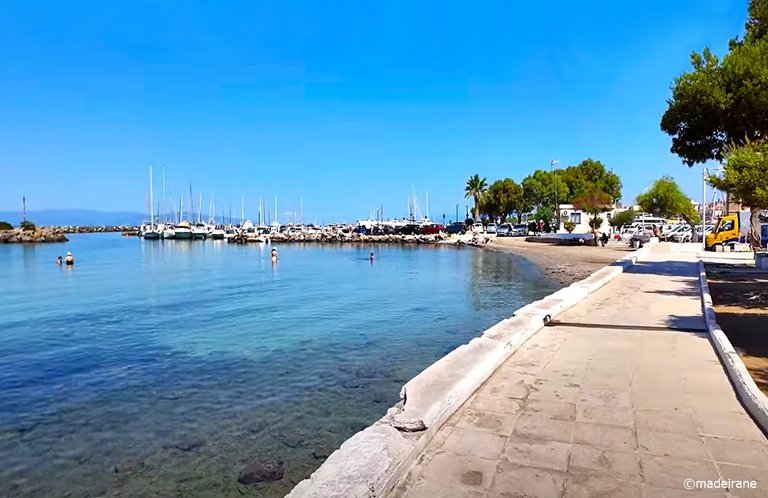
This was a complete immersion in the atmosphere of the Greek hinterland. Impressions for a lifetime. Is that all?! Will there only be memories and joy that I managed to travel and visit everywhere I wanted? And, at least, there will be satisfaction from fulfilled dreams of wonderful travels. That I managed to see everything beautiful in life. And beautiful countries and wonderful hospitable people and their love for us, and the beauty of other cities, luxurious hotels, interesting excursions...
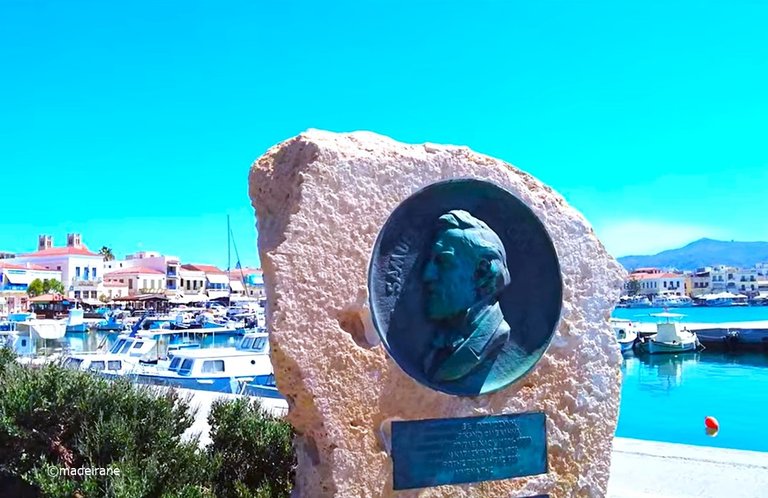
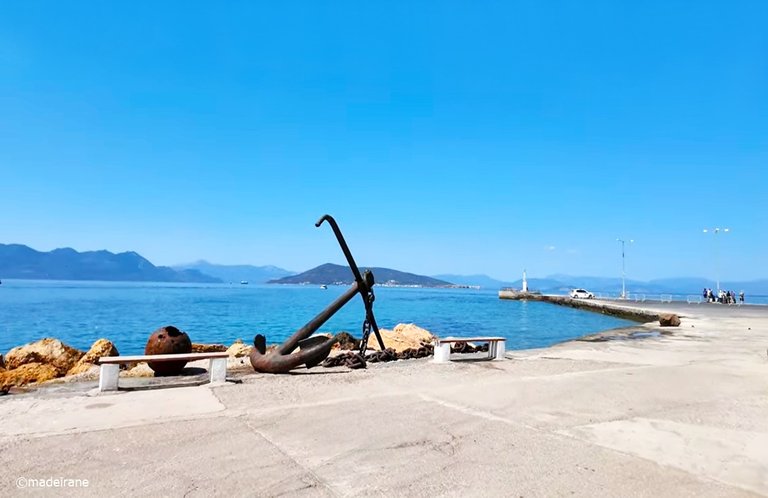
What a joy that there are wonderful memories and beautiful photos of fabulous trips to distant hospitable countries where we are loved and awaited. My soul hurts that I now we left Greece, but I am also glad that it was in my life.

💝💝💝💝💝💝💝💝💝💝
With love, @madeirane
Photos are taken by me.
© 2024
Translated from Lithuanian with DeepL.com (free version).
Graikija - turtingą kultūrinį ir istorinį paveldą turinti šalis, Vakarų civilizacijos lopšys. Šalis, kurioje antikinės vertybės yra kiekviename žingsnyje. Šalis, kurioje švari jūra su nuostabiais paplūdimiais, vaizdingomis salomis ir... gardžiu maistu.
Eginos sala be jokių išlygų yra gražiausias perlas Sarono salyno vėrinyje. Pagal visus parametrus - klimatą, gamtą, istoriją, lankytinas vietas - ji unikali. Savo vaidmenį suvaidino artumas Atėnams, gražūs kraštovaizdžiai, ekologija, klimatas. Daugelis graikų čia pradėjo pirkti vasarnamius ir namus savo atostogoms, kad savaitgaliais galėtų „išvykti į gamtą“. Na, o vėliau atvyko ir turistų iš kitų šalių.
Pirmiausia važiavome į Pirėjo uostą. Uostas didžiulis, patogūs keltai į Eginą išplaukia iš tam tikrų prieplaukų, bilietus pirkome čia pat esančioje kasoje. Keltai kursuoja dažnai, tad išvykimo laukėme mažiau nei valandą.
Po maždaug 40 minučių malonios kelionės laivu pagaliau pasirodė Egina. Prisišvartavome, iš nuovargio ir nepažįstamos aplinkos netvirtai įžengėme į salą.
Keltai iš žemyno į Eginą atplaukia į to paties pavadinimo uostą. Tai pirmas ir didžiausias salos miestas. Kažkas panašaus į sostinę. Prieplaukoje, prie pat vandens, stovi tipiška graikiška koplyčia, pastatyta ir pašventinta šventojo Mikalojaus Stebukladario garbei.
Daug turistų traukia apsilankyti Eginoje, kuri yra geroje vietoje ir unikaliame istoriniame epicentre, įsišaknijusiame senovės Graikijos legendose ir mituose. Šioje saloje darniai persipina mitologinė senovė ir viduramžių krikščioniškieji tikėjimai. Kadaise Egina buvo turtingesnė net už senovės Pirėjo valstybę.
Pagrindinė salos įžymybė, be abejonės, yra jūra. Paplūdimys akmenuotas, yra gultų, vanduo švarus, skaidrus, aiškiai matomas dugnas, o žuvis galima stebėti net nuo kranto.
Tačiau be jūros Eginoje yra daugybė dalykų, kuriuos galima pamatyti. Eginiečių pasididžiavimas - unikali Apajos šventykla - stovi ant kalvos viršūnės, tarp pušyno. O kadangi mes neieškome sudėtingų kelių, bet renkamės ekstremalius, buvo nuspręsta šventyklą pasiekti ne transportu, o pėsčiomis.
Nusistatėme kursą ir patraukėme tiesiai kaimo keliu, pro vietinius sodus ir retus medžius. Iš pradžių buvo smagu ir lengva - kol pasidarė per karšta, o skanios prinokusios figos iš neaptvertų plotų pakėlė nuotaiką.
Tačiau kažkur kelio viduryje kelias staiga įsirėžė į statų kalną, ir toliau teko eiti automobilių serpantinu: pirmyn ir atgal, į saulę, aukštyn, palei važiuojamąją kelio dalį, nes pėsčiųjų takų, savaime suprantama, nebuvo. Automobiliai buvo reti, autobusų nebuvo, o kartais neviltis ir nuovargis paimdavo viršų.
Apskritai viešasis transportas saloje nėra labai geras. Yra autobusų maršrutų, tačiau autobusai važiuoja gana retai. Suprantu salos gyventojus: 15 tūkst. gyventojų, dažni ir reguliarūs autobusai yra neįperkama prabanga. Alternatyva - taksi arba automobilio nuoma.
Paskutinė mūsų kilimo į šventyklą dalis jau buvo lengvesnė, matyt, dėl iš viršaus atsiveriančių nuostabių vaizdų.
O štai ir mūsų tikslas - Apajos šventykla visoje savo šlovėje. Afėja yra Egino salos vaisingumo deivė. Šventykla jos garbei pastatyta V a. pr. m. e.
Teritorija aptverta tvora, o šiaurinėje pusėje yra stati uola. Įėjimas mokamas apie 7 eurus. Informacinės medžiagos ar stendų praktiškai nėra.
Apsilankymas Afėjos šventykloje yra privalomas visos dienos ekskursijų grupėms, tačiau kai ten lankėmės mes, teritorijoje buvome vieni ir tuo tik džiaugėmės.
Esant geram saulėtam orui, nuo kalvos galima pamatyti Atėnų Akropolį ir Poseidono šventyklą Sounio mieste, vadinamąjį šventąjį trikampį. Mes labai stengėmės tai pamatyti, bet nieko nepamatėme. Kitą kartą su savimi pasiimsime žiūronus.
Šioje unikalioje vietoje praleidome apie 1,5 valandos: fotografavome neskubėdami, apžiūrinėjome griuvėsius, ieškojome artefaktų, ilsėjomės pavėsyje.
Netoliese yra autobusų stotelė, automobilių stovėjimo aikštelė, kavinė ir nedidelė suvenyrų parduotuvė. Kadangi šventykla yra aukštai kalnuose, nuo jos atsiveria puikus vaizdas į pietrytinę pakrantės dalį, Agia Marinos miesto link.
Nebuvo jokių abejonių - kursas buvo į Agia Mariną! Lengviau leistis žemyn, nei kilti aukštyn, ir geriau eiti tiesiai, nei eiti serpantinu... Rezultatas: draskėmės ant dygliuotų krūmų ir vos nepasiklydome Graikijos miške.
Agia Marina yra kurortinis miestelis. Jis taip pat yra populiariausias salos turistinis centras. Jis garsėja ilgiausiu ir patogiausiu smėlio paplūdimiu saloje, jame daug viešbučių, parduotuvių ir restoranų.
Pagrindinis salos miestas - Egina. Tipiškas graikiškas miestas su parduotuvėmis, kavinėmis, restoranais, siauromis gatvelėmis ir neskubriai matuojamu gyvenimu. Netoliese yra dar viena įdomi istorinė salos vieta, kurią būtina pamatyti - Kolonna.
Kadaise čia stovėjo Apolono šventykla, tačiau laikas ir karai padarė savo, ir dabar iš visos šios didybės matome tik liekanas - priešistorinio kaimo griuvėsius ir koloną - orientyrą jūreiviams.
Šioje vietoje beveik nėra pavėsio, sunku būti po kaitria saule. Tačiau maloni premija buvo užburiantys vaizdai nuo kolonos į jūrą, taip pat apsilankymas netoliese esančiame Archeologijos muziejuje. Seniausias Graikijoje muziejus įkurtas 1829 m. Jame galima pamatyti unikalių senovinių eksponatų iš visos salos. Dalis ekspozicijos yra po atviru dangumi.
Salos širdyje yra viena lankomiausių Graikijos šventyklų - Šventojo Nektarijaus vienuolynas. Tai garsi piligrimystės vieta, nes tikima, kad šventasis Nektarijus turi ypatingą dovaną gydyti sergančiuosius vėžiu, alkoholizmu ir narkomanija. Pasivaikščiojome po erdves, bet į vidų neįėjome, nes mūsų drabužiai nelabai tiko šiai vietai.
Atskiroje apžvalgoje aprašysiu dar vieną unikalią Eginos lankytiną vietą - senovės gyvenvietę Paleochorą. Rekomenduoju suplanuoti visą dieną ir aplankyti šventąjį kalną su daugybe išlikusių bažnyčių ir koplyčių, žinoma, jei nebijote stačių pakilimų ir patogumų trūkumo.
Iislandoje gausu gardžiųjų pistacijų. Čia paplitę pistacijų sodai. Pirkome ir valgėme jų neribotais kiekiais. Netoli uosto yra savotiškas mini turgelis, kuriame galima nusipirkti pistacijų kiekvienam skoniui, kaina visiems pardavėjams vienoda.
Negalima nepaminėti, kad Eginoje, vos už 6 km nuo Agia Marinos, yra Šventojo Nektarijaus moterų vienuolynas. Šventykla atrodo šiuolaikiška, jos sienos išbalintos. Ši bažnyčia yra didžiausia Graikijoje.
Piligrimai mėgsta lankytis šioje šventoje vietoje. Jie meldžiasi šventajam Nektarijui, kad gautų pagalbą ir išgijimą. Tikintieji tiki, kad šventasis Nektarijus ypač padeda sergantiesiems vėžiu.
Tai buvo visiškas pasinėrimas į Graikijos gilumos atmosferą. Įspūdžiai visam gyvenimui. Ar tai viskas?! Ar liks tik prisiminimai ir džiaugsmas, kad pavyko pakeliauti ir aplankyti visur, kur tik norėjau? Ir bent jau bus pasitenkinimas dėl išsipildžiusių svajonių apie nuostabias keliones. Kad pavyko pamatyti viską, kas gyvenime gražu. Ir gražias šalis, ir nuostabius svetingus žmones bei jų meilę mums, ir kitų miestų grožį, prabangius viešbučius, įdomias ekskursijas...
Koks džiaugsmas, kad liko nuostabūs prisiminimai ir gražios nuotraukos iš pasakiškų kelionių į tolimas svetingas šalis, kur mus myli ir laukia. Man skauda sielą, kad palieku Graikiją, bet kartu džiaugiuosi, kad sis laikotarpis buvo mano gyvenime.
Thank you for sharing your photos, I hope I can also experience Greek Island.
Your vivid description of Aegina makes me want to pack my bags and experience this enchanting Greek island firsthand!
!INDEED
Hello! Thank you very much for posting on the Worldmappin Community. We would like to remind you that one of the rules of our community is to pin your post to our map. This will give your post more reach, as well as have the chance to be featured in our daily Travel Digest 😃.
Quick guide on how to do it.
1 - Go to https://worldmappin.com
2 - Find the location of your publication on the map, you can do this by scrolling on the map or using the search bar.
3 - Click on the GET CODE button and then click on the exact location of your publication: a code snippet will be generated.
4 - Copy the code and paste it into the draft of your Hive post. Then publish it :)
The code will be invisible in your post, but a few minutes after publishing you will receive a comment informing you that your post has been added to the map.
We suggest you read all the rules of our community here.
For any other questions, don't hesitate to contact our team on our Discord channel.
Cheers!
@madeirane Very beautiful landscape I loved those images of the church are spectacular, without taking away merit to the others.
Very good post
You should visit salamina island also
!PIZZA
I love traveling across Greece and your story made me think that Aegine should be in my 'must visit' list , thanks a lot for all details and beautiful photos!